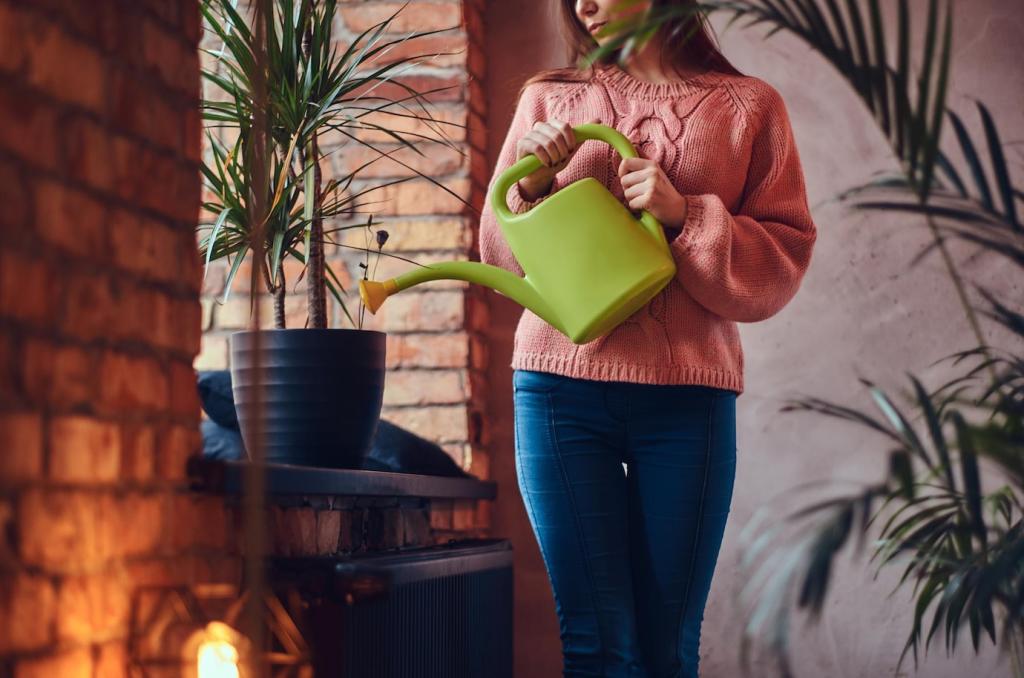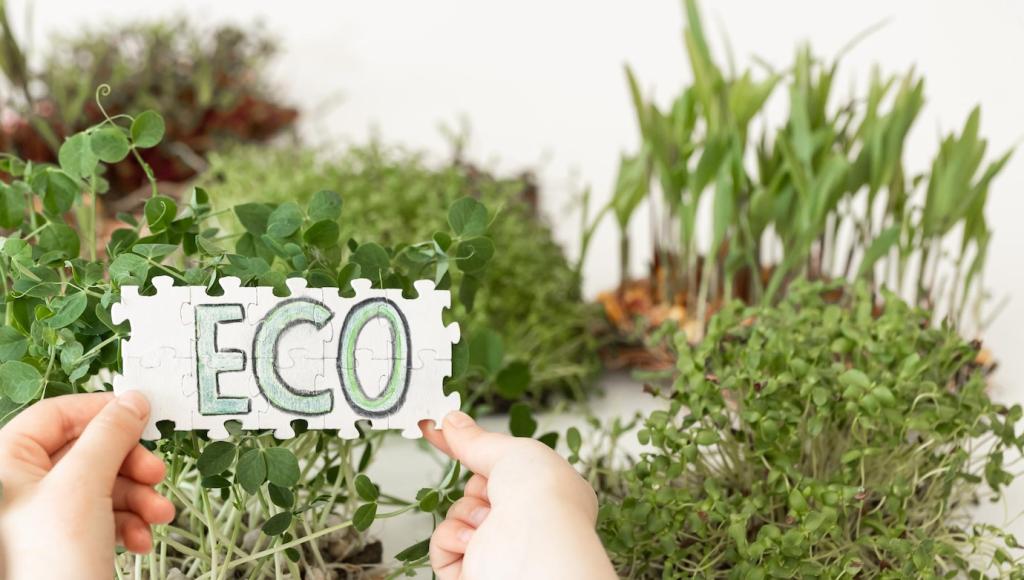Tools, Techniques, and Mixing Etiquette
Use lint-free microfiber for wiping and soft cotton for buffing. Work in light, overlapping motions rather than scrubbing. Always move from seam to seam to avoid water lines, and keep a dry cloth ready to catch excess moisture instantly.
Tools, Techniques, and Mixing Etiquette
Label your spray bottles with ingredients and mixing dates. Small batches reduce spoilage and keep formulas predictable. Store in a cool, dark place, and discard if the mixture smells off, separates oddly, or changes color unexpectedly.










